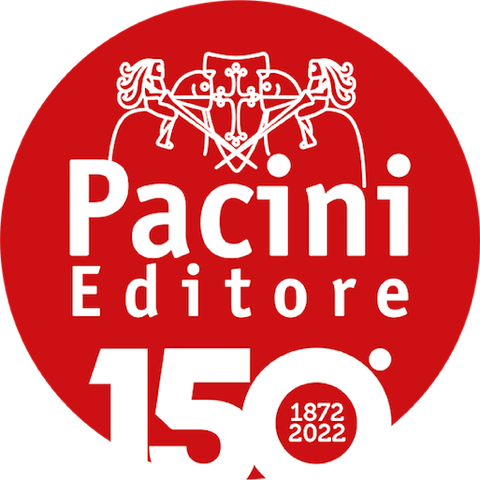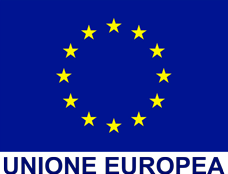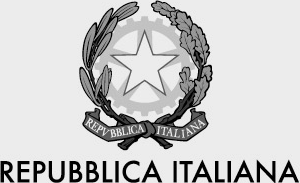
Autorità di Sistema Portuale del Mar Tirreno Settentrionale – Passato presente futuro
Port Network Authority of the North Tyrrhenian Sea – Past present future
Olimpia Vaccari (edited by)
Volume
Informazioni tecniche
2021 • 20x24 cm • 192 oages • 83 pics • paperback with flaps
Descrizione
«Una serie di eventi negativi di portata globale – tra cui la crisi finanziaria del 2008 e la pandemia COVID-19 – hanno determinato pesanti ripercussioni sull’economia e sulle popolazioni di gran parte del mondo. A questi avvenimenti si sono aggiunti fenomeni sempre più intensi e distruttivi riconducibili – secondo la maggioranza della comunità scientifica – ai cambiamenti climatici connessi al surriscaldamento terrestre provocato dalle attività dell’uomo ispirate a modelli insostenibili di sviluppo.
Dopo anni di intenso sfruttamento delle risorse naturali e di sostanziale negazione di un problema “climatico”, l’emergenza COVID ha indotto la comunità internazionale ad assumere forti discontinuità, se non radicali cambiamenti nelle politiche economiche e nella concezione dei modelli di sviluppo, ritenendo irrinunciabile una loro caratterizzazione in termini di vera sostenibilità.
[…] È in questo quadro interessante e prodromico di consistenti e positive trasformazioni (ma anche di potenziali rischi e pericoli), che il nostro sistema portuale, governato dalla AdSP MTS, può raccogliere il lavoro finora svolto, correggere eventuali errori compiuti e rilanciarlo in termini più spinti di attuazione progettuale per rendere il nostro modello di sviluppo coerente con le nuove basi della sostenibilità e i nostri porti efficienti, flessibili, reattivi, competitivi ed attrattivi.
È un’occasione unica (l’ultima?) per fare il salto di qualità necessario, per impostare e attuare i cambiamenti necessari che possono contribuire davvero al rilancio di un territorio in cui Livorno e Piombino (in sostanza la Provincia di Livorno) sono classificate “aree di crisi industriale complessa”…»
Presidente, Luciano Guerrieri
****************
A series of negative global events – including the financial crisis of 2008 and the COVID-19 pandemc – has had serious repercussions on the economy and populations worldwide. These events have been added to by increasingly intense and destructive phenomena which – according to the majority of the scientific community – are attributable to climate change resulting from global warming, caused by mankind’s use of unsustainable models of development.
After years of intense exploitation of natural resources and a significant denial of any climate problem, the Covid emergency has led the international community to make a significant break with or radical changes to economic policies, to rethink the general understanding of development models, and to make sustainability a fundamental, central focus in both areas.
[…] It is within this interesting preparatory framework of consistent and positive transformations (but also of potential risks and dangers) that our port system, consisting of the ports of Livorno, Piombino, Portoferraio, Rio Marina, Cavo and Capraia and governed by the North Tyrrhenian Port Network Authority, can gather together the work done so far, correct any mistakes and relaunch it in more advanced terms of project implementation. This will ensure that our development model is consistent with the new fundamentals of sustainability and that our ports become efficient, flexible, reactive, competitive and attractive.
It is a unique opportunity (perhaps the last one?) to make the qualitative leap required in order to set up and implement the necessary changes that can really contribute to the relaunch of a region in which Livorno and Piombino (essentially the Province of Livorno) are classified as “areas of complex industrial crisis”…»
President, Luciano Guerrieri
Scarica l’indice del libro (138 kb)
Download the Table of contents (138 kb)
.









